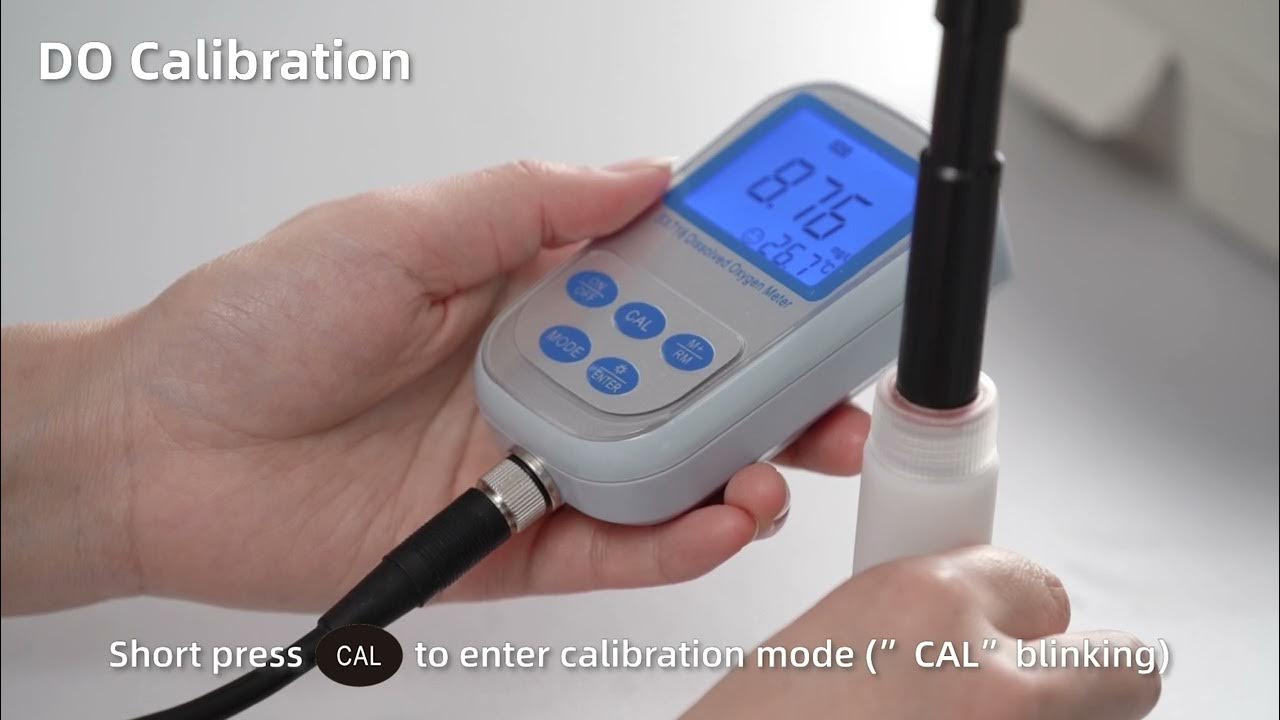TEORI DASAR PENGUKURAN DAN KALIBRASI
Summary
TLDRThis video discusses the importance of calibration in measurement tools. It explains how calibration helps maintain tool accuracy by addressing performance degradation over time. It emphasizes that tools, such as digital calipers, can lose precision and accuracy, requiring regular calibration to ensure reliable readings. The script further highlights key concepts like accuracy (closeness to true values), precision (reproducibility of measurements), and resolution (the smallest readable increment). It stresses the need for regular checks and proper methods to maintain tool functionality and ensure consistent, accurate measurements.
Takeaways
- 😀 Calibration is crucial for ensuring the accuracy of measurement tools over time, as they can degrade in performance.
- 😀 A common issue with measurement tools is their decline in performance, referred to as 'drift', which can affect accuracy.
- 😀 Calibration helps identify deviations and errors in the measurement tool, ensuring it remains reliable for use.
- 😀 Through calibration, it is possible to assess whether a tool is still accurate enough for use or if it needs replacement or maintenance.
- 😀 Accuracy refers to the closeness of a measurement to the true value, typically expressed as a percentage.
- 😀 Precision is the ability of a tool to give consistent results across repeated measurements, even if those measurements are not exactly correct.
- 😀 Accurate tools are essential, but they are subject to degradation over time if not properly maintained or calibrated regularly.
- 😀 The resolution of a tool is the smallest measurable increment, which helps determine its performance and potential issues.
- 😀 If the error or deviation of a tool exceeds its resolution, it indicates that the tool may have performance issues.
- 😀 Regular calibration is necessary to ensure that measurement tools remain both accurate and precise, following correct procedures and methods.
Q & A
Why is calibration important for measuring instruments?
-Calibration is important because measuring instruments can experience performance degradation, referred to as 'drift', over time. Without calibration, the accuracy of measurements can be compromised.
What does 'drift' in measuring instruments refer to?
-'Drift' refers to the degradation of an instrument's performance after prolonged use, leading to inaccurate measurements over time.
How often should measuring instruments be calibrated?
-It depends on the frequency of use, but typically, instruments should be calibrated periodically, ranging from a month to a year, to ensure their accuracy.
What are the primary goals of calibration?
-The primary goals of calibration are to detect performance degradation, identify discrepancies or errors, and assess whether the instrument is still accurate and reliable for use.
What is the relationship between accuracy and precision?
-Accuracy refers to how close a measurement is to the true value, while precision refers to how consistent the measurements are when repeated. Calibration helps assess both.
What does 'accuracy' mean in the context of measuring instruments?
-Accuracy is the degree to which the measurement of an instrument matches the true or actual value, often expressed as a percentage.
What is 'precision' in the context of measurement?
-Precision is the ability of an instrument to produce the same result when measurements are repeated under the same conditions.
How does calibration help with precision?
-Calibration checks whether an instrument consistently gives the same results in repeated measurements. If the instrument shows consistent results, it is considered precise.
What is the role of resolution in measuring instruments?
-Resolution refers to the smallest unit of measurement that an instrument can detect. It indicates the instrument's ability to show fine differences in measurements.
What happens when the error in a measuring instrument exceeds its resolution?
-When the error exceeds the instrument's resolution, it indicates that the instrument is no longer functioning properly and may need to be recalibrated or replaced.
Outlines

Cette section est réservée aux utilisateurs payants. Améliorez votre compte pour accéder à cette section.
Améliorer maintenantMindmap

Cette section est réservée aux utilisateurs payants. Améliorez votre compte pour accéder à cette section.
Améliorer maintenantKeywords

Cette section est réservée aux utilisateurs payants. Améliorez votre compte pour accéder à cette section.
Améliorer maintenantHighlights

Cette section est réservée aux utilisateurs payants. Améliorez votre compte pour accéder à cette section.
Améliorer maintenantTranscripts

Cette section est réservée aux utilisateurs payants. Améliorez votre compte pour accéder à cette section.
Améliorer maintenantVoir Plus de Vidéos Connexes

Pengukuran Batimetri 🏖️⛵ | Tutorial Pemeruman Single-Beam Echosounder (SBES)

PENGUKURAN DAN KESALAHAN DALAM PENGUKURAN FISIKA SMA KELAS X

The Calibration Process in the Pharmaceutical Industry

1 Pengukuran dan Kesalahan

SX736 Handheld pH Conductivity DO Meter Kit Tutorial

How to Perform Measurements With the Precision Impedance Analyzer Agilent 4294A - Part 2
5.0 / 5 (0 votes)
